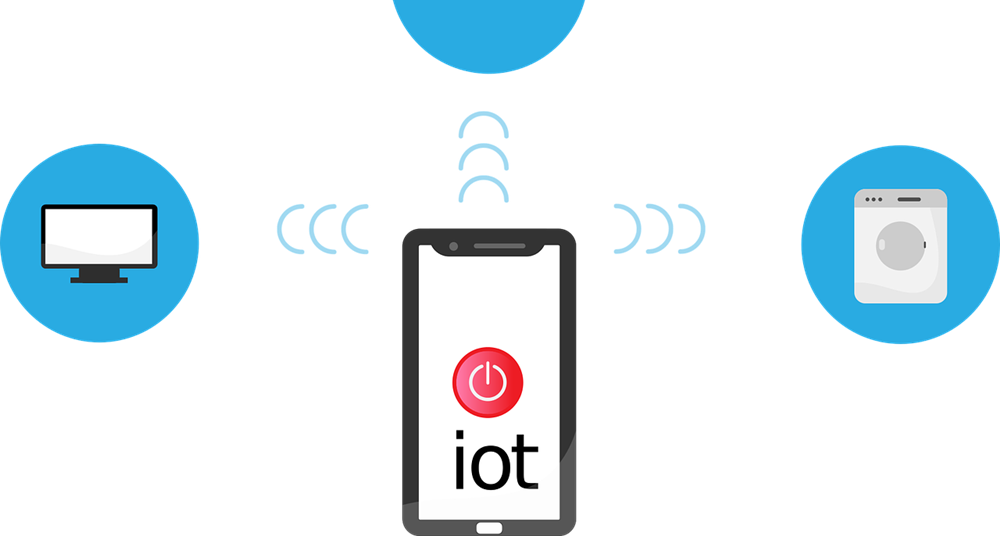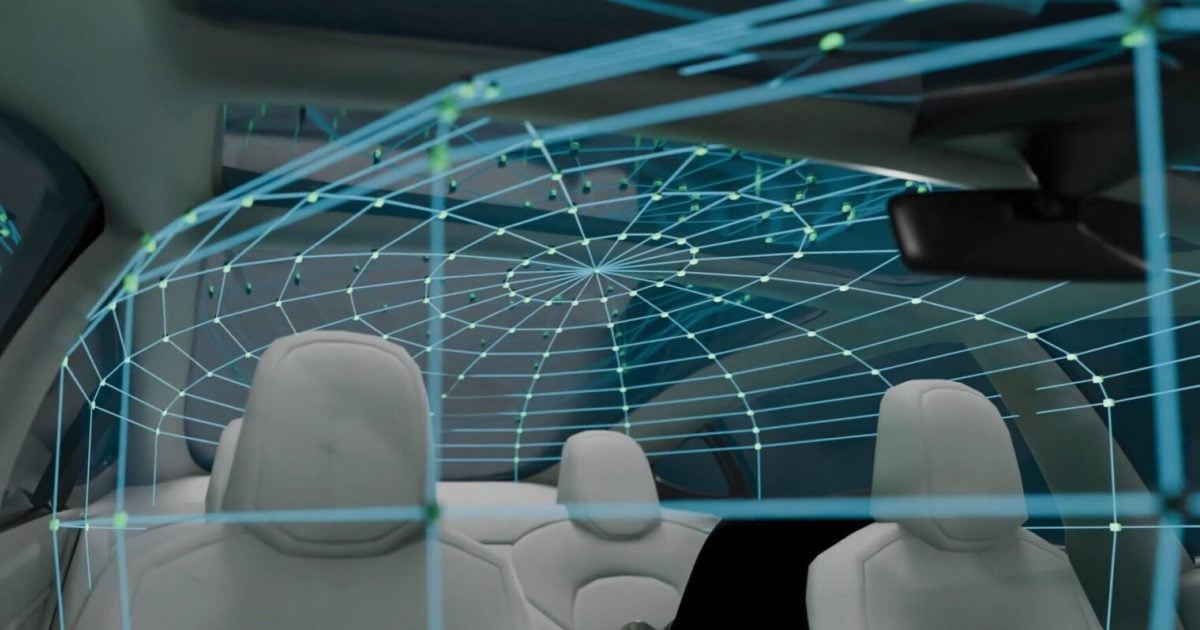
Many of our best technologists and prognosticators have tried and failed to predict where technology is headed.
But when it comes to 2019, there are some trends we can probably count on, and the Internet of Things is one of them. Beyond the many useful consumer-level applications, like making our homes and appliances smarter and more efficient, a wide variety of industries will be rolling out their own services, standards and tools for leveraging the IoT. Here are a few of those applications, along with a nod to some of the likeliest growing pains.
1. Security Will Command Higher Spending Than Ever
One of the best cautionary tales about connected technologies is still the one about the 1.4 million Jeep Cherokees. After hackers demonstrated an exploit that allowed remote control of some of these vehicles' controls, Jeep launched a recall to make sure the same thing didn't happen on a larger scale.
The IoT as we know it today is made up of millions of devices, most of which are far smaller than a Jeep. In 2017, this massive network of connected devices saw a 280 percent uptick in the number of malicious attacks over 2016 — in the first half of the year alone. Many of these attacks, including Stuxnet, Mirai Botnet and others, are now household names and cautionary tales in their own rights.
In 2019, expect everybody out there to raise their spending on cybersecurity efforts. When surveyed, 84 percent of senior decision-makers from a variety of companies indicated plans for higher spending in 2019 than 2018 for cybersecurity efforts.
2. Health Care Will Get a Helping Hand From Big Data and the IoT
The timely and accurate administration of health care is one of the most important ways we can put the IoT to work. In 2019, according to some estimates, 87 percent of organizations within the health care industry will have adopted Internet of Things devices in some capacity. But why?
The benefits include RFID-powered asset tracking for expensive medical equipment, more ways for patients and doctors to exchange Electronic Health Records, smarter medication dispensers and other devices for home use, more advanced fitness-aware health wearables and much more.
3. Smart Cities Will Take off Thanks to IoT-Based Urban Planning
The technologies required to build a proper "smart home" are within our grasp. But when it comes to "smart cities," the idea hasn't quite scaled up yet. The good news is that 2019 is the year the concept of smarter urban planning comes into its own. The city of Toronto and, predictably, Google, are both helping to show a potential way forward.
Using a single neighborhood as a pilot program, Google is working with Toronto to incorporate sensors throughout all of the common areas. The idea is to collect information about pedestrian and vehicle traffic, rates of use for public transportation and carpooling, the occupancy of and traffic around buildings and businesses, and trends in climate and temperature.
Similar projects undertaken by Singapore and Saudi Arabia indicate the idea is catching on all across the globe, and with a similar mission: to channel the information from smarter infrastructure into better-planned city blocks and other civic projects to help daily life flow more smoothly. Moreover, the technologies involved are helping to lay the groundwork for greener infrastructure, too — including smart grids for citywide energy flexibility and resilience against natural disasters.
4. Automotive Applications, Including Autonomous Cars
The automotive industry is the obvious companion to urban planning's IoT ambitions. Alongside the slow rollout of smarter cities across the globe, 2019 will also see broader efforts to bring autonomous vehicle testing to streets in American cities and across the world.
There are plenty of growing pains to be sure — including those hackable Jeeps we've already covered. But the promise of autonomous cars as a life-changing IoT concept is going to be well worth the slow "on-ramp." Early 2019 will see the U.S. capital of Washington, D.C. become one of the latest host cities for driverless car test programs, with a framework for commercial solutions potentially in the cards for a 2021 rollout.
6. The IoT Will Find More Applications in Manufacturing and Supply Chain Management
The year 2019 will see considerably more adoption of IoT devices in the manufacturing and supply chain industries. In fact, the opportunities to put data to work in vast and vital industries like these is a big part of why the total IoT-generated value could top $14.4 trillion by 2022.
Why gather data in manufacturing, and why use the IoT to do it? Because finding ways to elevate data here at the company level — where customer demand, choosing and coordinating with freight carriers, moderating product throughput with market fluctuations and more all meet up — creates a chain of custody from factory floor to end user that's efficient, cost-effective and as wise with the use of resources as possible.
Here are a few examples of how to put the IoT to work in manufacturing and supply chain movement:
- Networked machining and assembly equipment equipped with sensors can deliver preemptive reminders about maintenance items, helping avoid downtime and unnecessary equipment damage.
- The IoT makes our network of freight carriers and shipping companies smarter and more nimble by allowing on-demand route planning in the field for delivery vehicles. Sensors included in shipping cartons for time-sensitive or perishable products can verify the condition of freight en route and save time during inspections and receiving procedures.
- Facilities equipped with IoT technologies can better regulate their use of resources for climate control, lighting and more. Sensors can automatically dim or turn off lights in portions of warehouses that aren't in use, and connected equipment can make more informed decisions about going idle or offline during periods of inactivity.
The Internet of Things will become a powerhouse for industries of all kinds in 2019 — and we haven't even gotten into many of the emerging consumer applications. The development of thoughtful new ways to put the concept of the IoT to work is definitely a story worth following in the coming year — as is the unfolding international drama behind 5G technology, which could help power the whole thing. Together, the IoT and 5G could bring about a whole new era in global connectivity.
Edited by
Ken Briodagh





